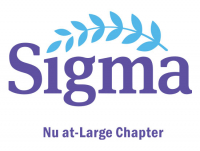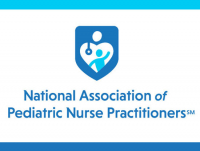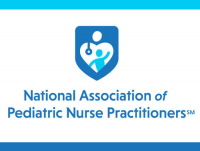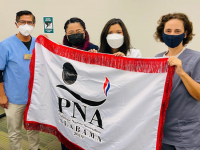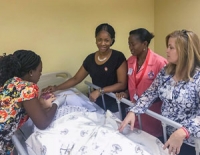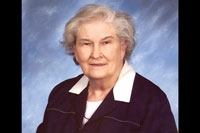The Nursing Informatics-Working Group of the American Medical Informatics Association (AMIA), recently named a research paper by University of Alabama at Birmingham (UAB) School of Nursing Professor and Assistant Dean of Clinical Simulation and Technology Jacqueline Moss, PhD, RN, FAAN, and UAB School of Health Professions Professor Eta S. Berner, Ed.D., one of the five most influential papers in nursing informatics for 2015.
Medication administration errors by nurses in acute-care settings can be deadly so it is vital that those charged with completing such crucial tasks have as much clear information and support as they can get throughout the process. Moss clearly recalls this from her days as an intensive care nurse, and set out to evaluate and enhance the clinical decision support tools for medication administration safety available to nurses in acute-care settings.
 Dr. Jacqueline Moss
Dr. Jacqueline MossWorking with Berner, who teaches in the Master of Science in Health Informatics program and is director of the UAB Center for Health Informatics for Patient Safety/Quality (CHIPS-Q), Moss conducted a study that defined three distinct characteristics of the decision support acute-care nurses want to receive in such critical situations.
“They liked decision support that was easily accessed, that alerted them to potential dangers and hazards related to a particular medication, and they liked that information to be short and sweet,” Moss said. “They did not want to have to search for and then read through a whole long description of something to get the information they needed.”
Moss’ study and the resulting research paper “Evaluating clinical decision support tools for medication administration safety in a simulated environment” were well received, both by the acute-care nurses who participated and by AMIA.
“In intensive care, medication administration errors can be even more serious because of the fragility of the patient and the fact that most of the medications are given intravenously,” Moss said. “So if you give the wrong medication, it is in the bloodstream very quickly, and it is more difficult to remedy an error.”
With that as its foundation, the study focused on intravenous medication administration in five Birmingham-area intensive care units and included an analysis of medication administration practices and how nurses used information in medication management. The analysis found that nurses reported medication administration errors relating to technology they were using, errors related to their lack of experience with and knowledge of a particular medication, and errors related to being distracted or interrupted in a hectic, busy environment.
Based on those results, the researchers developed a simulated information system with various decision-support features built into it and tested it with groups of ICU nurses in a simulated environment.
| “They liked decision support that was easily accessed, that alerted them to potential dangers and hazards related to a particular medication, and they liked that information to be short and sweet.” |
The participants indicated they particularly liked two of the system’s features: color-coded alerts that were hyperlinked to information that would indicate potentially dangerous aspects of a medication for a particular patient and barcode-linked alerts that would push a short notice to a nurse when a barcode scanner was used at the bedside prior to administration.
“For example, if there was an aspect of a medication that was particularly dangerous, we would code that red,” Moss said. “So if they saw red, they could click on that hyperlink and go quickly to the part of the information about that particular medication administration that could potentially be dangerous. And with the barcodes, we also embedded that same short message on the medication administration record.”
In assessing the nurses’ responses and their perceptions, the researchers determined that there is not one system that fits all for nurses in acute-care settings. So the information has to be made available at various points in the process so that individual nurses are receiving it when and where they need it most.
“That really is one of the most important points of the paper,” Moss said. “There’s just not one workflow in an intensive care unit or any place in acute care. We should build the systems to be flexible enough and organic enough to meet the needs of multiple nurses using multiple workflows depending on the situation.”
Moss is pleased with the recognition her paper has received through the blind peer review process.
“I am gratified to see my work acknowledged because I think we uncovered important findings that can be used to enhance medication administration safety,” Moss said. “Now I hope those findings will be used to build new decision support that’s useful in acute-care practice going forward.”





